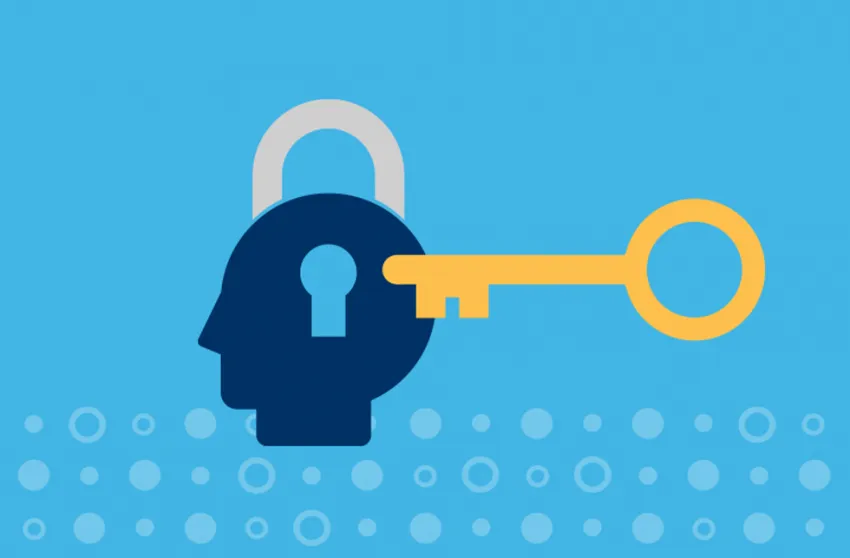



While one in five U.S. adults grapple with mental health issues every day, it’s only in recent years that talking about it has become more accepted. But that’s not the case everywhere—particularly in the workplace.

People are your company’s greatest asset. On any given day, many of them may be suffering in silence. As their employer, what can you do to help them? First, consider your workplace’s limitations in addressing workers’ mental well-being. Then, build a more supportive culture using five proven strategies.
According to the World Health Organization, risks to mental health at work may be related to the nature of the work undertaken; the physical, social, or cultural characteristics of the workplace; or opportunities for career development, among other things. High job demands paired with low social support is further associated with a greater likelihood of developing mental health problems. By addressing these key workplace limitations, it’s possible to lay the groundwork for a workplace culture that prioritizes mental well-being.

Treating mental health in isolation has limitations. The mind and body are connected and deep evidence shows that a whole-person approach is highly effective. It’s critical that the wellness solutions you offer be ongoing to create lasting results. Physical and mental health are often talked about separately, but everything from a person’s health status to their environmental surroundings impacts mental well-being. Naturally, a whole-person approach factors in lifestyle and behavioral choices: nutrition, exercise, sleep, social interaction—all these inputs can impact mental health.

Despite the broad use of medications for anxiety and depression, there's a lack of consistent guidance and management once they are started. But there is more to the medication story: medications prescribed for reasons other than anxiety and depression may also impact mental health. It’s estimated that 15% of medical spending is due to non-optimized medication use.* Giving your employees access to a clinical pharmacist to understand their prescriptions, over-the-counter meds, and supplements is a great place to start.
*https://pubmed.ncbi.nlm.nih.gov/29577766/

People are a work in progress. Emotional health evolves over time. Because each worker’s well-being journey is unique and complex, your program must be able to meet them where they are. A flexible program helps each employee determine their best next move and focuses on one action at a time.

Acknowledge that mental health is critical to holistic well-being while providing people the time and space in which to prioritize it. This shows compassion and your desire to help them establish a healthy mindset at work. Part of creating a culture that prioritizes mental health is encouraging employees to make connections and build relationships with colleagues. It’s important to ensure people don’t become isolated, especially given today’s evolving work environment.

Modeling the value of self-care and mental well-being starts at the top. When your managers exude these characteristics, recognize them as champions for better health. You may even encourage them to serve as role models. Also, be consistent: communicate with your employees on a regular, ongoing basis. Make them aware of the resources available to them, in an easy-to-access framework. It’s also important to remind your people that mental health requires maintenance, and ongoing tools allow them to help themselves. By creating a work environment that promotes this mindset, you’re setting the tone of your culture.
Start using these five strategies and you will notice a shift in company culture. By advocating universal respect for health and emotional well-being, you are creating an environment for people to ask for help. And when they do, meet them with warmth, empathy, and at-hand access to your company’s whole-person health solution for your employees’ optimal support.